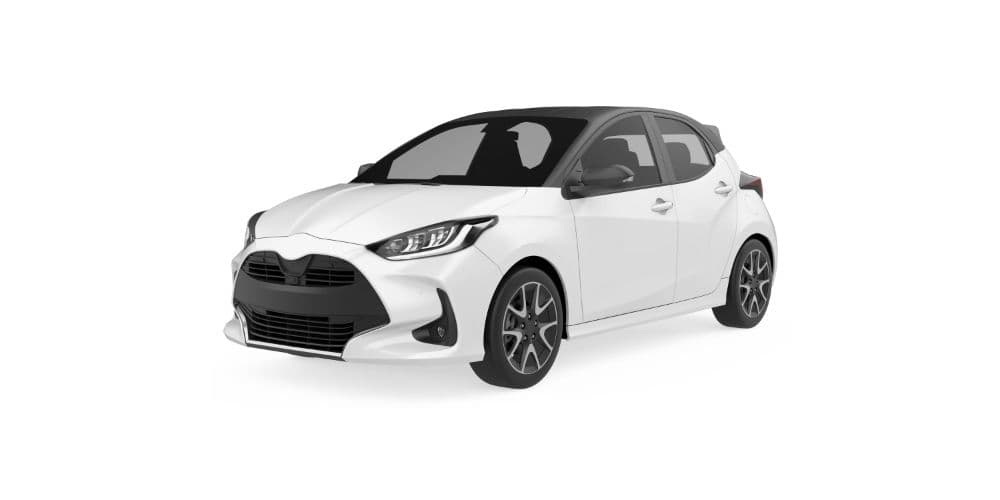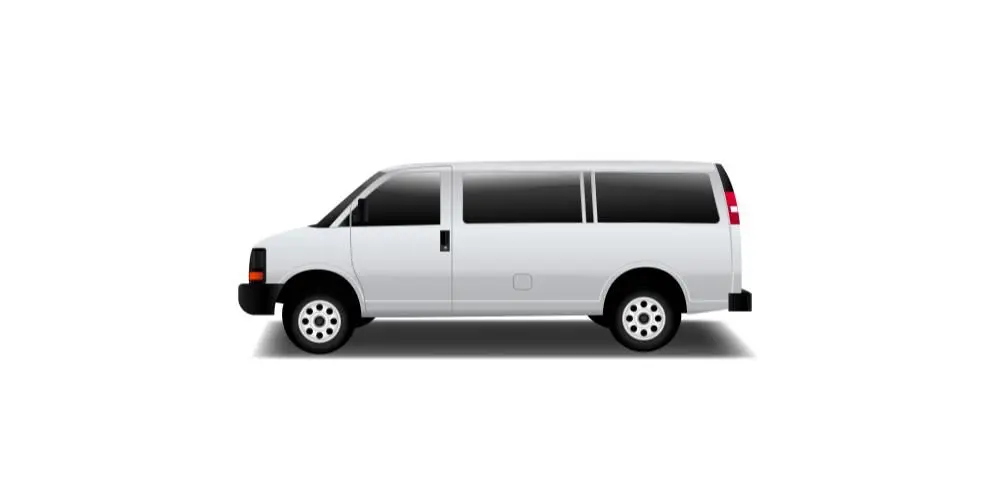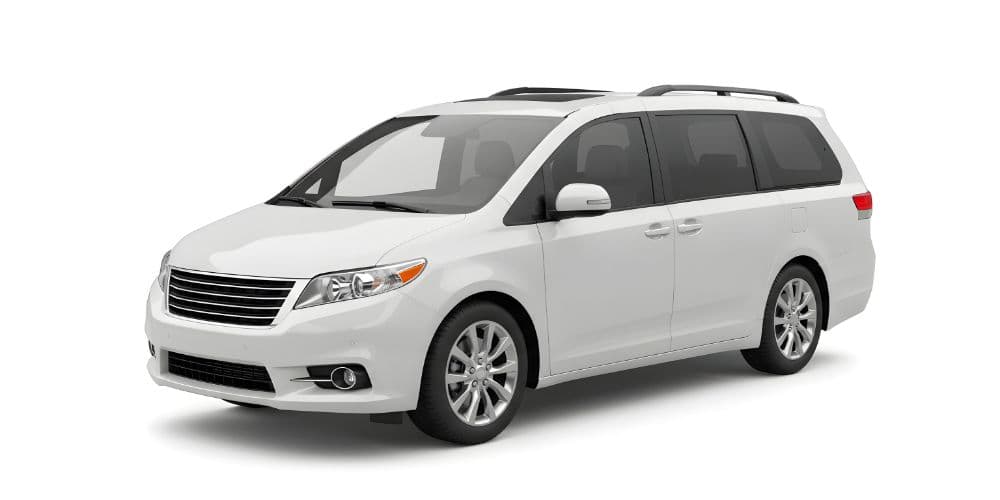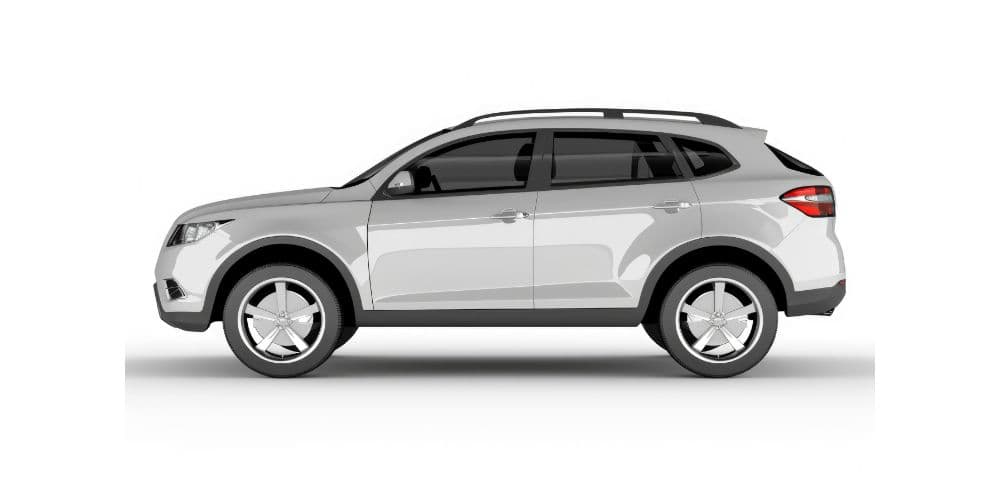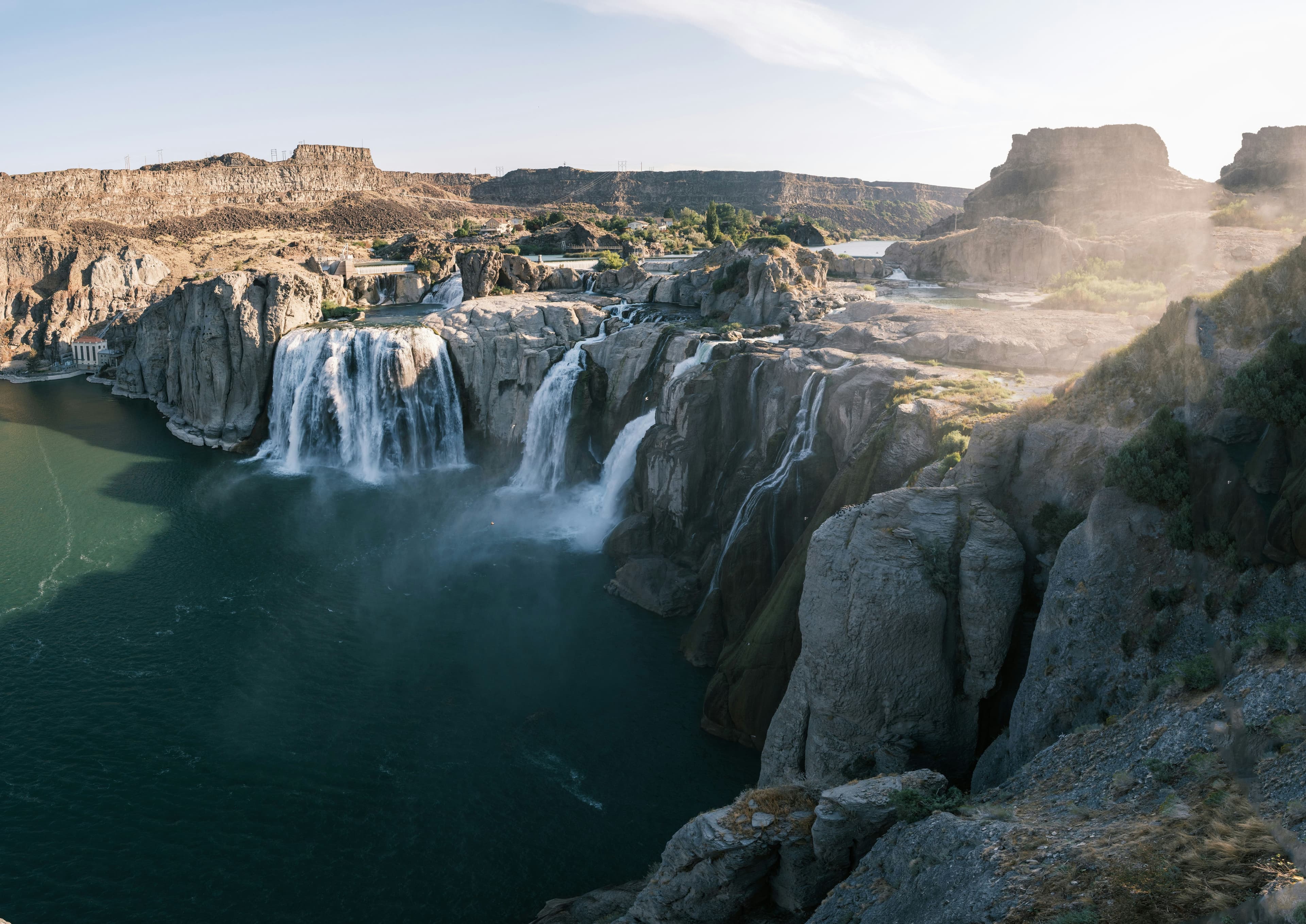
Boise to Twin Falls Road Trip Sand Dunes, Shoshone Falls & Canyons
Shoshone Falls the “Niagara of the West” thunders over a basalt cliff on the Snake River. This high-desert road trip from Boise packs in unique sights: towering sand dunes, roaring waterfalls, and sweeping canyon views, all within a day’s drive.
Trip Snapshot
- Distance/Duration: ~300 miles round-trip. Roughly 3.5 hours from Boise to Twin Falls via I-84 (with a side excursion to Bruneau Dunes), plus 2 hours back to Boise. In total, plan for about 6–7 hours driving time, plus time to explore each stop.
- Best Time to Go: Spring (March–May) is ideal mild weather for hiking dunes, and Shoshone Falls is usually at peak flow from snowmelt (April/May). Early fall is also pleasant. In summer, go early in the day to beat the heat at Bruneau Dunes (temperatures can soar and sand gets hot). Winter trips are possible but Shoshone Falls flow is low and conditions at the dunes are cold.
- Ideal For: Geology and photography enthusiasts, families (kids love sand dunes and waterfalls), and those who want a variety of landscapes from desert sand and sagebrush to lush river canyons all in one trip. It’s a perfect adventure for anyone seeking an unusual day trip outside Boise.
- Route: Boise → Bruneau Sand Dunes (via I-84 to Mountain Home, then south on ID-51/ID-78) → Twin Falls (Shoshone Falls & Snake River Canyon) → return to Boise via I-84 west (with optional stop at Three Island Crossing/Glenns Ferry).
- Top 3 Highlights: Climbing the giant sand dunes at Bruneau Dunes State Park (the tallest single-structure dunes in North America); marveling at Shoshone Falls, a 212-foot waterfall that’s higher than Niagara; and peering over the edge of Twin Falls’ Perrine Bridge into Snake River Canyon maybe catching daredevil BASE jumpers leaping off.
Route Overview
Start from Boise by heading east on Interstate 84 for about 50 miles to the Mountain Home area. This initial stretch is an easy highway drive through sagebrush plains. At Mountain Home (Exit 90), you’ll leave the interstate and head south on ID-51. You’re now aiming for Bruneau Dunes State Park, approximately 18 miles south of Mountain Home (watch for the well-marked turnoff onto ID-78 toward Bruneau). As you drive, the landscape becomes classic high desert wide-open rangeland, big skies, and not much traffic. Keep an eye out for pronghorn (antelope) in the distance or hawks perched on fence posts.
Arrive at Bruneau Sand Dunes State Park, home to North America’s tallest single-structured sand dune (about 470 feet high). You’ll see the dunes rising dramatically out of the desert floor a series of golden sand hills, with one massive peak dominating the skyline. There’s a small lake at the base of the dunes and a visitor center (which rents sandboards for a small fee, typically in spring through fall). Park entry requires a modest fee (around $7 per vehicle for day use). Here you can hike up the big dune it’s a leg-burner, as for every step up you slide half a step back in the sand, but the views from the top are incredible. In the cooler months, the sand is firm and easier to climb; in hot summer midday sun, sand temperatures can become unbearable, so aim for morning or late afternoon if it’s July/August. If sandboarding is available, give it a try it’s like snowboarding on sand (be prepared to eat some sand on your wipeouts!). Also worth a visit is the Bruneau Dunes Observatory on site during certain weekend nights from spring through fall, they open up the observatory for public stargazing sessions. If your timing allows, gazing at Saturn’s rings or craters on the moon through their big telescope is an unforgettable add-on.
After exploring the dunes (and maybe brushing sand out of your shoes), retrace your path north to I-84 and continue east toward Twin Falls. It’s about 85 more interstate miles (roughly 1.5 hours) to Twin Falls from the Mountain Home area. As you approach Twin Falls, you’ll cross the vast Snake River Plain you might notice the terrain greening up where irrigation turns desert into farmland. Take Exit 173 for US-93 into Twin Falls. Almost immediately, you’ll find yourself on the Perrine Bridge crossing the Snake River Canyon. Slow down and prepare for a wow moment: the Perrine Bridge spans nearly 500 feet above the Snake River, offering a jaw-dropping view of the canyon and river below. There’s an overlook parking area on the right just after you cross the bridge definitely stop here. From the viewing platform, you can see the sheer canyon walls and perhaps even spot BASE jumpers; Perrine Bridge is famous as one of the only bridges in the U.S. where BASE jumping is legal year-round. If you’re lucky (or plan ahead on a weekend morning), you might catch someone parachuting off the bridge! The Twin Falls Visitor Center is also located here, which has restrooms, info, and a beautiful canyon rim trail.
The star attraction of Twin Falls is Shoshone Falls, located a few miles east of town. Follow signs through Twin Falls city to Shoshone Falls Park (a small entrance fee, about $5 per car in season, is charged). Shoshone Falls is often nicknamed the “Niagara of the West,” and at 212 feet tall and 900 feet wide, it even exceeds Niagara’s height. In spring (particularly April–June), the flow can be thunderous thousands of cubic feet per second of snowmelt plunging over the rim, creating mist and often rainbows. The park has several viewing platforms right at the canyon’s edge, offering fantastic viewpoints for photos. There are also picnic areas, so it’s a great spot to have lunch with the roar of the falls in the background. Do note that water flow in Shoshone Falls varies: by mid to late summer, irrigation upstream can reduce the falls to a trickle or even dry rock face, especially in drought years. For best viewing, spring is ideal when water is plentiful. Regardless of flow, the canyon scenery is impressive. A short trail leads to an upper overlook, and you can also see the nearby Dierkes Lake from up high (another park with swimming and hiking trails).
After experiencing Shoshone Falls, consider also stopping by Twin Falls’ historic downtown for a cup of coffee or to see the restored Art Deco Orpheum Theatre on Main Ave. Another quick photo op is Twin Falls itself the town’s namesake waterfall, which is actually upstream of Shoshone Falls but now partially inundated by a dam (it’s less dramatic, but there’s a viewpoint off Falls Avenue). If you’re up for more, Balanced Rock is a curious wind-carved rock formation west of Twin Falls (about 30 miles one-way) interesting but only if you have extra time.
When ready, head back west on I-84 toward Boise (about 128 miles, 2 hours). On the return drive, you can break up the trip at Three Island Crossing State Park in Glenns Ferry (Exit 121). This park marks a famous Snake River ford on the Oregon Trail there’s a historical site and a viewpoint where pioneers attempted to cross the treacherous river. It really gives perspective on how challenging the journey west was. There’s also a small museum/interpretive center (seasonal hours) and picnic spots with a pretty river view. Alternately, if you’re a wine lover, the Snake River Valley wine region has a couple of wineries near Glenns Ferry and Hammett. For example, Crossings Winery (Y Knot Winery) in Glenns Ferry offers wine tasting and even has an on-site restaurant, or Cold Springs Winery in Hammett (near I-84) is known for its scenic vineyard location a relaxing way to toast the end of your adventure. From there, it’s an easy freeway cruise back to Boise as the sun likely sets over the sagebrush.
Top Stops & Experiences
- Bruneau Dunes State Park: Explore a desert sand playground. Must-dos: climb the Big Dune (feel those calves burn!), and try sandboarding if available it’s tons of fun (think sledding on sand). The small Observation Lake at the foot of the dunes is home to bluegill fish and makes for a nice cooling stop after hiking. Check out the Visitor Center to learn about the local wildlife (scorpions, owls, lizards) that call the dunes home. If you visit on a weekend spring through fall, consider staying after dark for the Bruneau Observatory stargazing program through their 25-inch telescope, you can view planets and galaxies in one of Idaho’s darkest skies.
- Snake River Canyon & Perrine Bridge (Twin Falls): Stop at the Perrine Bridge Overlook for a breathtaking view of Snake River Canyon. It’s astounding how the Snake River has carved this 500-foot-deep gorge. Walk the scenic trail along the canyon rim for different angles you’ll see the emerald river below, maybe boats or kayaks on the water. The Perrine Bridge is also a world-famous BASE jumping site; if you see folks with parachutes, stick around a bit you might witness someone leap off the railing and glide safely down to the river’s edge! For a closer canyon experience, you can drive down into the canyon at Centennial Park (where locals kayak, paddleboard, or even golf at canyon-bottom courses).
- Shoshone Falls Park: Behold Shoshone Falls, one of the largest natural waterfalls in the United States. During spring runoff, the volume and power of the falls will leave you speechless feel the mist on your face as you stand at the main viewpoint. There are multiple overlooks, including one that peers right over the brink (hold on to your hat!). Interpretive signs share history even pioneers detoured from the Oregon Trail to visit these falls in the 1800s, and an attempt to make it a National Park fizzled in the early 1900s. If the water is low, you can better see the basalt rock formations that form the falls’ ledge. Either way, it’s a majestic sight. The park has restrooms, picnic tables, and a playground a great lunch stop. (City of Twin Falls maintains the park Twin Falls Parks for info)
- Twin Falls Downtown & Local Flavors: Consider a quick detour to downtown Twin Falls. Grab a milkshake or fries at the original Idaho Joe’s or a locally roasted coffee at Yellow Brick Café. If time permits, visit Sawtooth Brewery’s Tap Room for a craft beer a taste of Southern Idaho’s brewing scene. Twin Falls also has a proud agricultural heritage; summertime fruit stands might offer fresh peaches, apricots, or sweet corn from nearby farms.
- Three Island Crossing (Glenns Ferry): On the way home, immerse yourself in Oregon Trail history at Three Island Crossing State Park. This is where pioneers attempted to cross the Snake River using three small islands as steppingstones. You can overlook the very spot it’s easy to imagine wagons and oxen braving the current. The park’s Oregon Trail History & Education Center (if open) has exhibits on pioneer life and the significance of this crossing. It’s a nice place to stretch your legs and reflect on the journey of those who came long before cars and highways made travel easy.
Where to Eat & Stay
- Twin Falls Eat:Elevation 486 Dine with a view at Twin Falls’ most scenic restaurant perched on the canyon rim (Elevation 486). It offers New American cuisine (think steak, seafood, pasta) and floor-to-ceiling windows plus an outdoor deck overlooking Snake River Canyon. Time your dinner for sunset if you can the canyon walls light up in hues of orange. For something quick and classic, try Milner’s Gate in downtown a cool gastropub in a former bank vault, serving burgers, mac & cheese, and craft beer brewed on-site. And for that quirky Idaho touch, seek out an “Idaho ice cream potato” you’ll find this novelty dessert (ice cream shaped like a potato and dusted in cocoa, topped with whipped cream “sour cream”) at places like Rock Creek Restaurant or even some drive-ins.
- Twin Falls Stay: If you choose to overnight (to take advantage of stargazing at Bruneau or to have a more leisurely trip), Twin Falls has many hotels. A unique local option is Blue Lakes Inn, a boutique motel with retro charm and an on-site spa (Blue Lakes Inn). It’s well-reviewed for its friendly service and themed rooms, and it’s centrally located. Major chain hotels (Hilton, Marriott, etc.) cluster near the canyon rim by the Visitor Center convenient and often offering canyon views. For a more rustic experience, Oregon Trail Campground in nearby Kimberly lets you camp or RV under shade trees.
- Mountain Home Pit Stop: On your way out or back, Mountain Home has a couple of local spots: Frankie’s Burgers (old-school diner vibes) and Smoky Mountain Pizzeria (casual pizza and pasta). It’s a good midway food stop if you need one. Also, Mountain Home’s Stewart’s Bar is known for its Basque chorizo sausage sandwiches a nod to the region’s Basque ranching heritage.
- Glenns Ferry Sip & Stay: Wine lovers might consider Y Knot Winery / Crossings Winery in Glenns Ferry they not only have a tasting room and restaurant (serving steaks and pasta among the vineyards) but also an adjacent RV park and cozy inn. It’s right near Three Island Crossing, so you could sip local wine, stay the night, and continue to Boise in the morning.
Practical Tips
- Desert Heat & Sand Safety: If visiting Bruneau Dunes in summer, arrive early (like 7–9 AM) or later in the evening. The sand can reach temperatures that will burn bare feet by midday (bring closed-toe shoes for hiking the dunes). Carry water there is little to no shade. A broad-brimmed hat, sunglasses, and sunscreen are a must. Also, be aware that walking on dunes is much more strenuous than a normal hike take it slow and be ready for a workout. Coming down is the fun part (you can run or even roll!). Keep an eye out for critters: harmless sand scorpions and lizards are common they’ll mind their business if you mind yours.
- Waterfall Flow Check: Shoshone Falls’ flow depends on season and rainfall/snowmelt. If you’re traveling in late summer or fall, consider calling the Twin Falls Visitor Center or checking their social media for current flow conditions. Even at low flow, the canyon is beautiful, but if it’s essentially dry, you may temper expectations. On the flip side, in spring the falls create mist that can soak viewing areas you might want a light rain jacket or hood. Guard your camera from the spray.
- Entrance Fees & Hours: Bruneau Dunes State Park has a day-use fee (around $7) bring cash or card. The park is open from sunrise to sunset (the gates typically close at 10 PM, except for observatory events). Shoshone Falls Park charges $5 per car during roughly March–Sept; the gate generally opens from dawn till dusk. If you arrive early morning or off-season, the fee booth may be unstaffed and you can proceed. The Perrine Bridge overlook and Visitor Center in Twin Falls is free; Visitor Center hours are roughly 9–5 daily.
- Driving Cautions: The drive on I-84 is straightforward, but watch your speed (Idaho troopers do patrol). When you exit to the more rural roads (ID-51/78 to Bruneau), note that services are very limited. Fill your gas tank in Mountain Home there are no gas stations between I-84 and Bruneau Dunes. Carry some snacks and water just in case. Cell coverage is mostly fine on the interstate and around Twin Falls, but can be spotty on the remote roads to Bruneau. Let someone know your itinerary if venturing solo.
- Wind Awareness: Southern Idaho is known for its wind. A breezy day can be a blessing at the dunes (cooling you off), but strong winds can whip up sand and reduce visibility not fun to hike in. If it’s very windy, you might opt to view the dunes from afar rather than climbing. At Snake River Canyon, hold onto hats and small children at the bridge overlook a sudden gust can send belongings flying into the abyss (and be careful near unfenced edges). Wind can also make the Perrine Bridge sing (it literally hums) a neat phenomenon you might notice.
Rentals & Logistics
This loop covers a lot of ground, but on good roads. Agreat rental carwith air conditioning is your best friend, especially in summer heat. The climbs are gentle, so any sedan or compact will do no special vehicle needed. If you have a choice, something with all-season tires is nice in case of shoulder-season weather, and a vehicle with cruise control will help on those long highway stretches.
Boise has plenty of rental options you can pick up a ride at the airport or in town. Given the mileage (~300 miles), confirm your rental includes unlimited miles (most do for regional rentals). It’s a full-day trip, so get an early start (perhaps 7–8 AM from Boise) to comfortably see everything and return by evening. If you plan to return after dark, watch for deer on I-84 and around Mountain Home there are open ranges nearby, and wildlife can wander onto the road at night.
Pack a small cooler with water, sports drinks, and snacks. You’ll be transitioning from cool mornings to hot afternoons, so stay hydrated. Bringing a towel or old blanket is useful you can shake off sand and also use it to sit for a picnic or to dry off if you wade near the waterfalls. A change of shoes or clothes isn’t a bad idea either (sand has a way of getting everywhere!).
Finally, gear up with your camera the photo ops are fantastic. From the sweeping dune fields to the rainbow-laced Shoshone Falls, you’ll want to capture it all. A wide-brimmed hat and binoculars will enhance your enjoyment (binoculars for spotting jumpers on the bridge or maybe an eagle at the canyon). This high desert and waterfalls road trip showcases the surprising diversity of Idaho’s landscapes, all within a day’s drive from Boise. Reserve the perfect vehicle, double-check your itinerary, and get ready to experience sand, water, and sky in the Gem State. Happy travels!
Our Most Popular Vehicles
